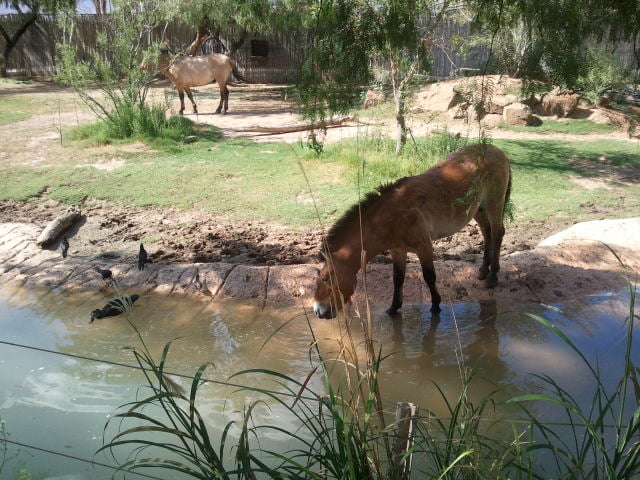Not everyone can go on an African safari, see endemic animals in Asia, or travel to different continents to see various bird species. Thankfully, some parks and zoos bring these animals closer to you by replicating their natural living conditions.
Table of Contents
The Need to Replicate Habitats
Replicating natural habitats for animals in captivity is crucial because wild animals do not easily acclimatize to new environments. On the other hand, putting them in an entirely different habitat can harm them. Recreating the natural surroundings where these animals thrive is part of responsible zoo or aquarium keeping. These recreation and conservation centers also invest in research and conservation efforts of endangered animal species in need of safeguarding.
While letting animals live in their natural habitats is ideal, advocating for a positive relationship between humans and animals, animal research, husbandry, and biodiversity conservation is akin to ethical zookeeping and aquarium keeping. It is considered careful stewardship in compliance with animal rights laws.
But how do they replicate animals’ natural habitats? Let’s take a peek.
Aquariums
Marine life is made possible in aquariums through life support systems (LSS) that mimic the conditions of underwater environments. Life support systems are either installed on-site or delivered in pre-assembled units.
These usually include thermal management systems, filtration systems, and sanitation and disinfection systems that ensure the aquarium’s proper chemistry, biology, temperature, water clarity, and water turnover.
Large aquariums like SeaQuest in Utah go to great lengths to ensure that the marine life environment is properly simulated- making aquatic life safe, natural, and efficient. They also invest in aquascaping their tanks to incorporate natural marine elements such as aquatic plants, caves and caverns, rocks, stones, and more.
All these replication efforts are designed to take care of the sea creatures and provide visitors with an aesthetically appealing and fascinating undersea visual experience.
Interactions like feeding the fish and viewing the marine species up close are regulated and allowed under strict guidelines to protect the animals.
Zoos
Zoological parks or zoo builders design these facilities with safety and aesthetics in mind. Because zoos promote guided engagement with land-based animals, they are built to be secure, hospitable, and stimulating. The priority is animal welfare, so recreating their natural habitats is the goal.
Lush landscapes are created- incorporating rocks, boulders, monoliths, mud areas, plants, trees, and waterfalls within large enclosures where the animals can have space to roam. This is important to keep the animals moving, active, stimulated, and happy.
There are also open-range zoos where sprawling parcels of land are divided into various natural habitats to give animals more territory. This helps them not to feel confined or bored. Zoos also allow scientists to research and observe the animals in these man-made habitats to improve their well-being.
Replicating Animals’ Natural Habitats at Home
If you plan to have an exotic or tame pet, creating an environment that mimics their natural habitat is crucial to their wellness and survival. You can recreate wildlife or undersea environments on a small scale by knowing their natural living conditions from climate, light, landscape, seascape, and natural elements and adapting them to your dedicated containment space.



















